Supporting the next generation to take control of their fertility
We are all familiar with the age-old adage “knowledge is power,” but it rings especially true for very young adolescents (VYAs) as they enter puberty, a period of intense physical, emotional and social change. For youth in this age group of 10-14 years, providing accurate, clear and timely information about how their bodies are changing and growing is critical to empowering them to make healthy choices that will ensure their sexual and reproductive health.
Here at IRH, we’ve learned a lot about how to support VYAs through our various youth initiatives, including the GREAT Project, GrowUp Smart, and other research on adolescent health. Now, as one of these – GrowUp Smart – draws to a close in Rwanda, we reflect on five ways that youth programming can support the next generation to understand their fertility and be empowered to make healthy sexual and reproductive choices.
1. Create a safe and engaging environment.
It’s important to set clear expectations for respectful behavior so that youth feel comfortable sharing, discussing, and asking questions. But it’s equally important to give youth permission to have fun! The GrowUp Smart curriculum used a mix of topically relevant and well-loved icebreakers, traditional teaching sessions, small group work, and high-energy interactive activities to introduce topics and increase understanding while also meeting youths’ needs for kinesthetic learning.
2. Include boys in the conversation.
There is increasing recognition that boys’ behavior affects health outcomes for girls and that gender synchronized programming can be more effective in promoting SRH. Most GrowUp Smart learning sessions were co-ed, so girls and boys are exposed the same factual materials about female and male bodies and fertility. This joint learning provides an important opportunity for girls and boys to begin understanding changes experienced by both sexes, enabling them to support each other through puberty.
3. Engage parents from the start.
Parents of VYAs often lack knowledge about puberty, fertility and family planning too! Even those with accurate information may feel ill-prepared or embarrassed to share with their children. Our baseline found that over 63% of parents felt they did not know enough to talk with their child about adolescent health. GrowUp Smart included a separate module for parents to provide them with core knowledge on puberty, fertility and contraception, as well as other key topics like gender, sexuality and communication.
4. Build from existing local advocates and resources.
Successful youth programs work with individuals and organizations who are already embedded in communities to create support structures that can serve as resources for participants well beyond the end of the project. We partnered with three local youth-serving organizations who had ongoing relationships with the communities in which GrowUp Smart was implemented, and we worked closely with their Master Trainers during development of materials and training of facilitators to ensure that the GrowUp Smart curriculum can be replicated.
5. Bring the same messages to the wider community.
It is crucial to cultivate community-wide awareness and conversation about adolescent health issues so that youth feel supported to seek information and services. GrowUp Smart held periodic community sensitizations that brought together local stakeholders – including traditional and religious leaders, government representatives, parents and participating youth – to share health messages, celebrate youth learning, and inspire community action.
Following its successful pilot in Rwanda, GrowUp Smart is now poised for implementation in nearby Democratic Republic of Congo. The curriculum will be adapted for use with in-school and out-of-school VYAs in urban and peri-urban areas surrounding Kinshasa under the new Passages Project and in partnership with the Global Early Adolescent Study.
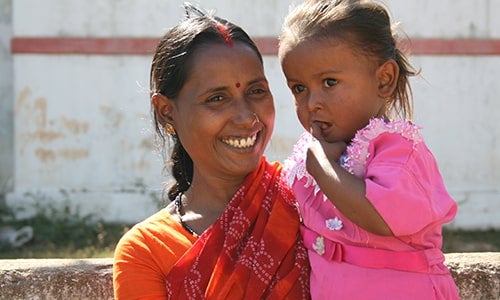 Where We Work
Where We Work 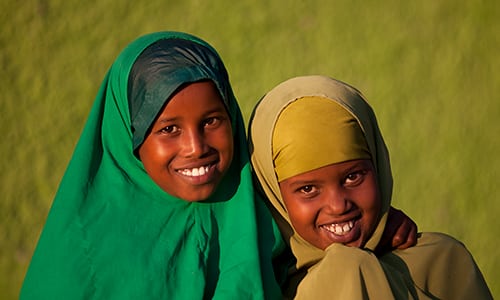 Press Room
Press Room 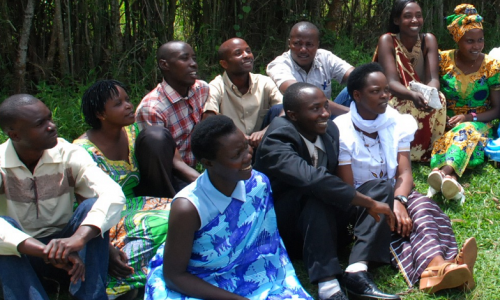 FACT Project
FACT Project 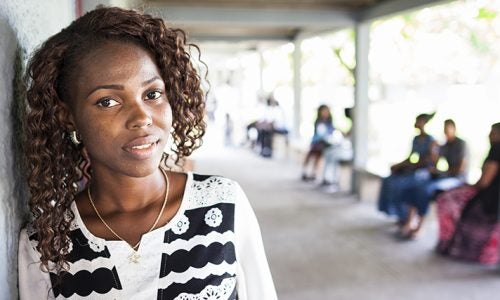 Passages Project
Passages Project 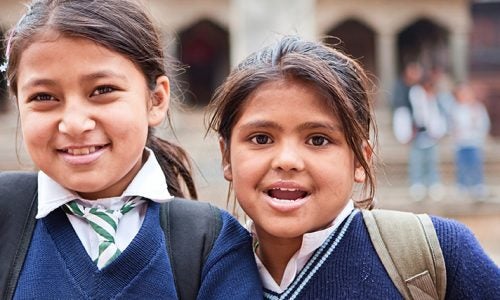 Learning Collaborative
Learning Collaborative  Search All Resources
Search All Resources 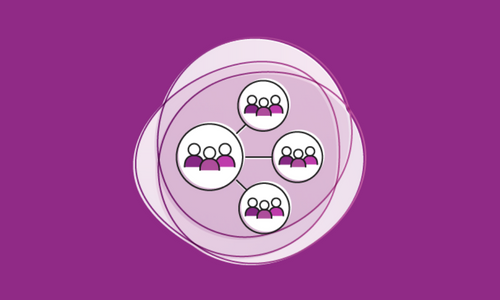 Social Norms
Social Norms 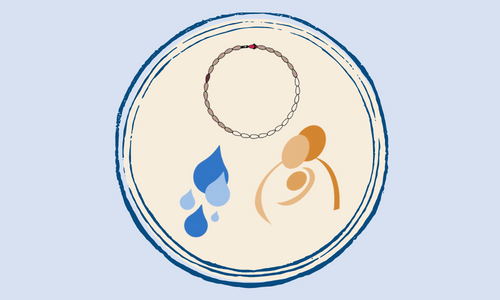 Fertility Awareness Methods
Fertility Awareness Methods